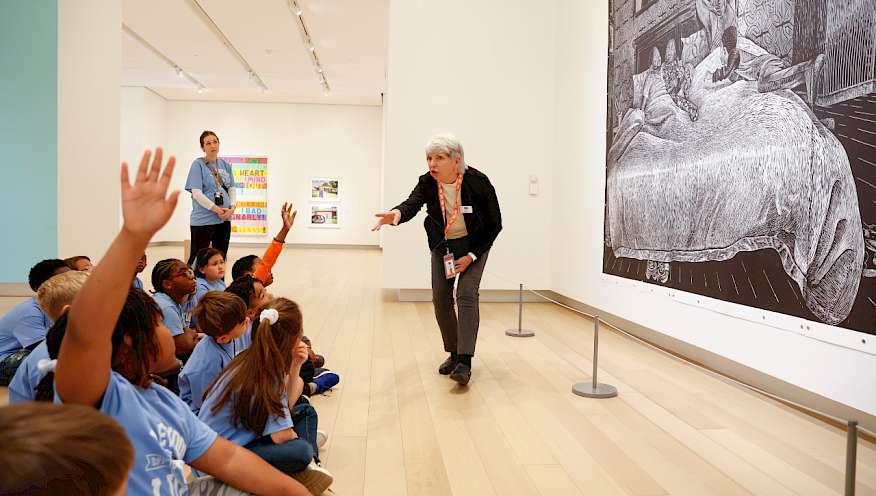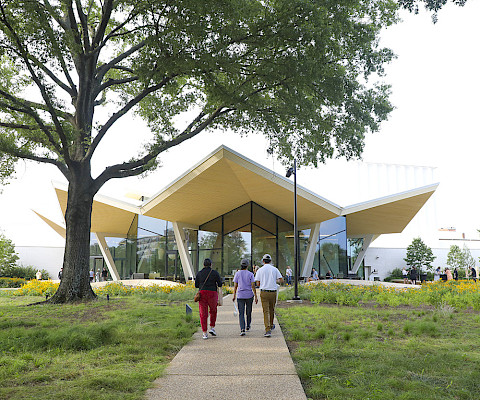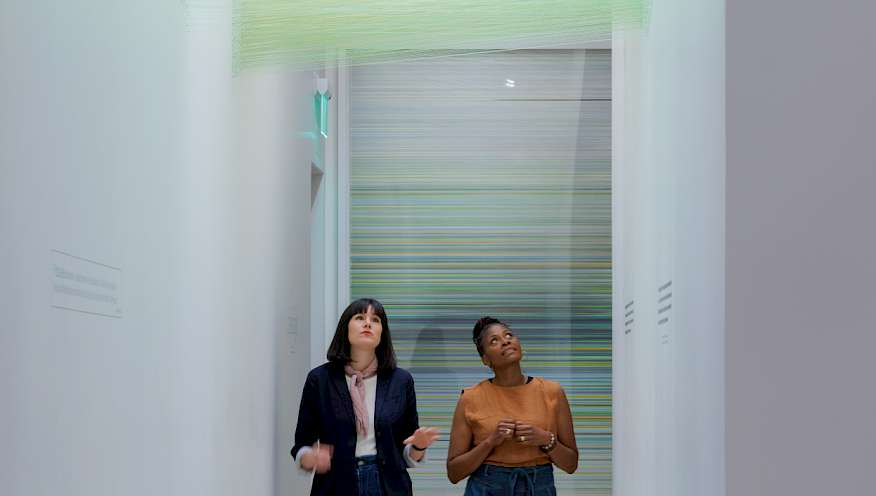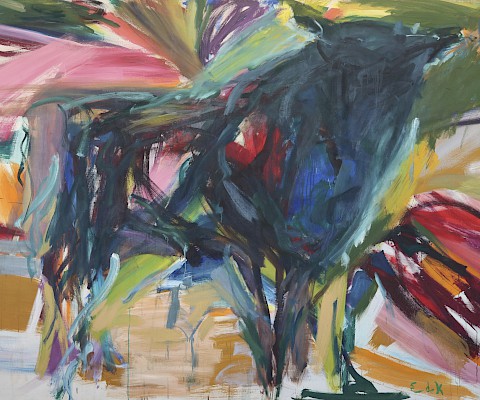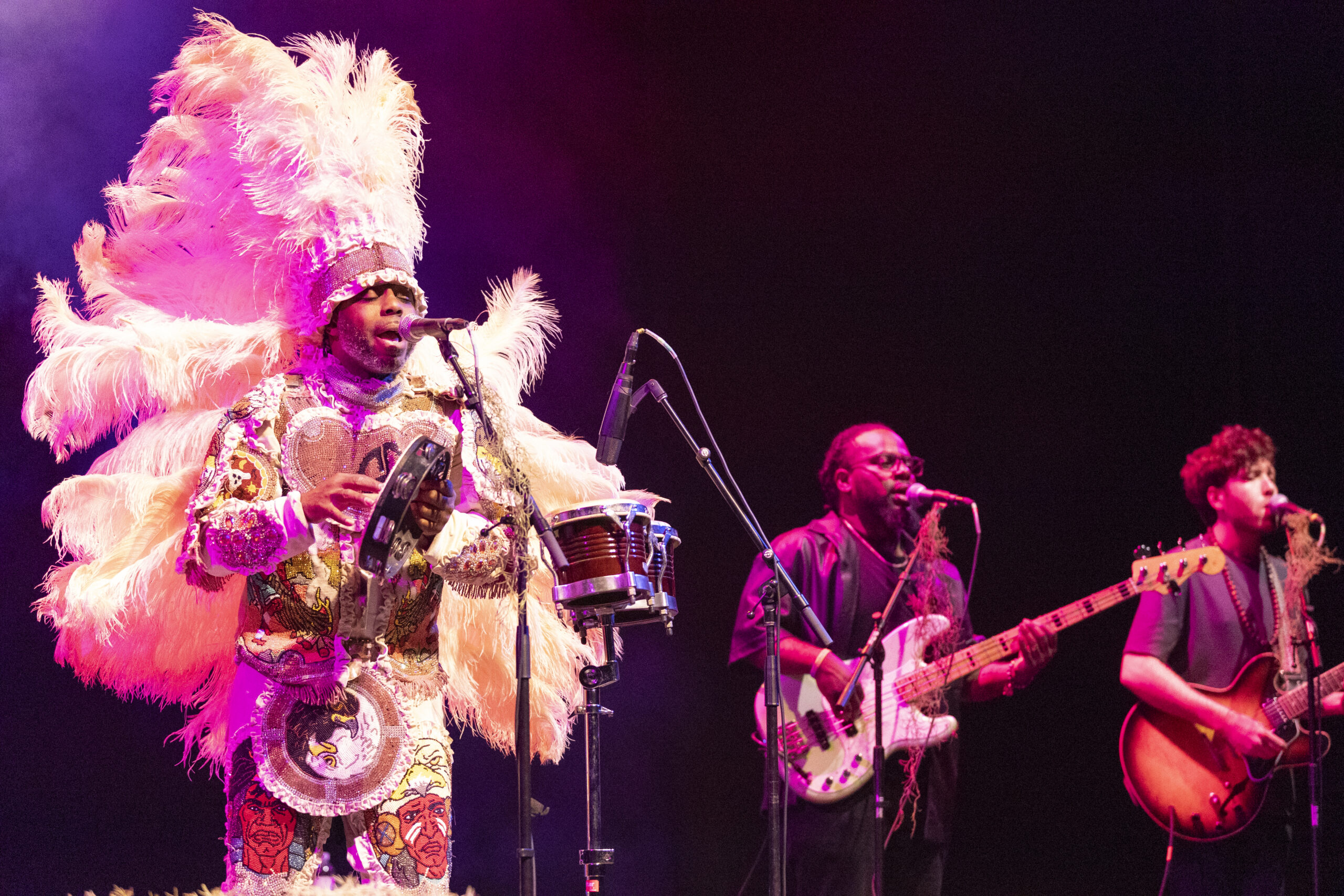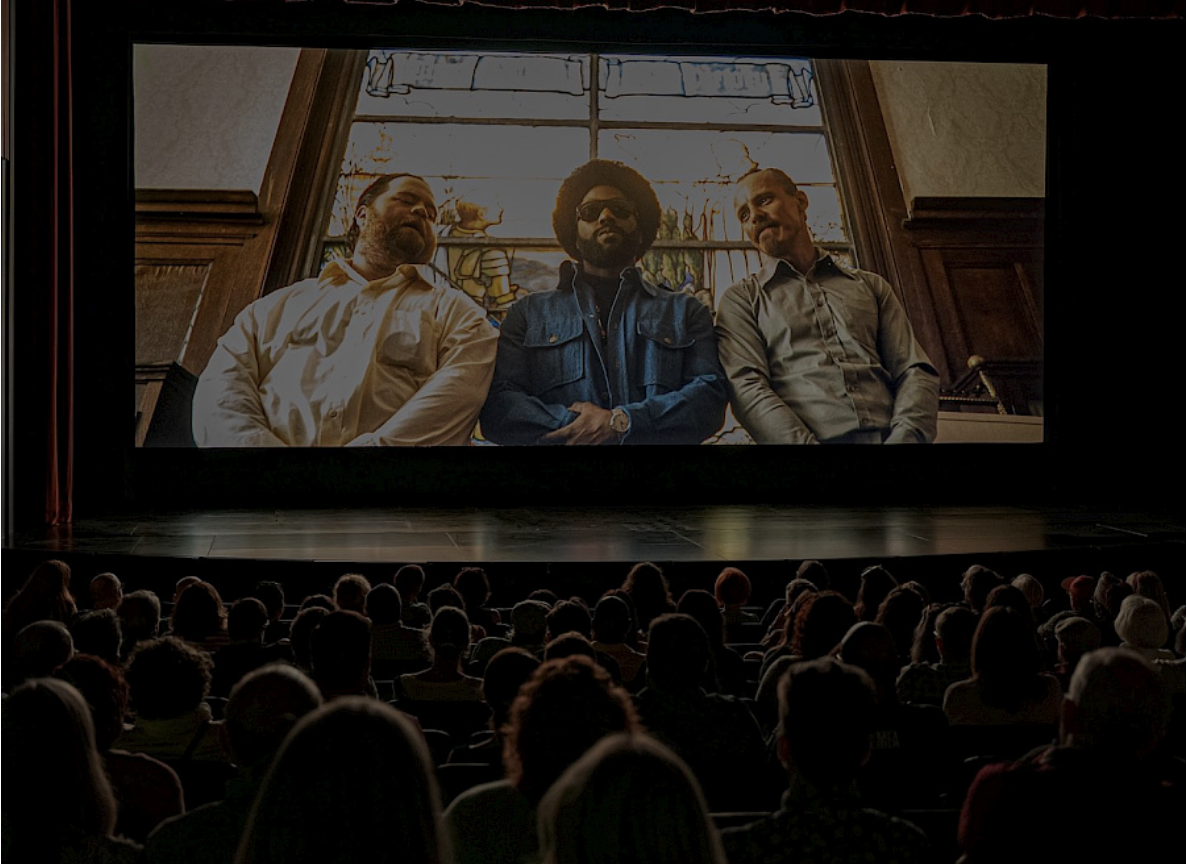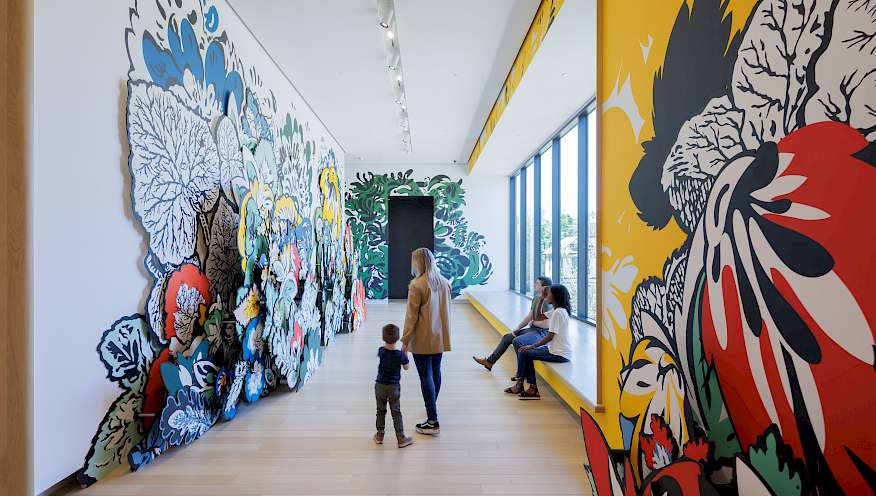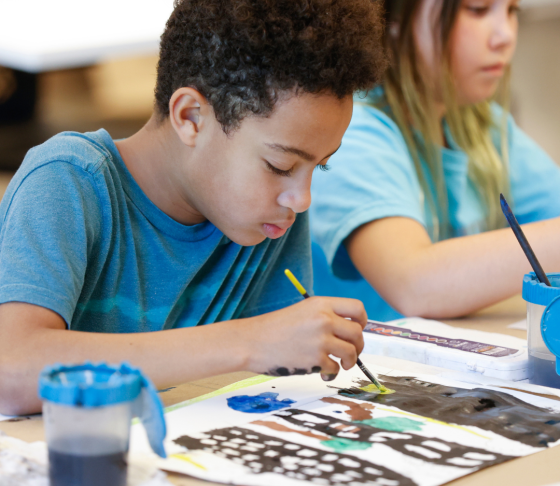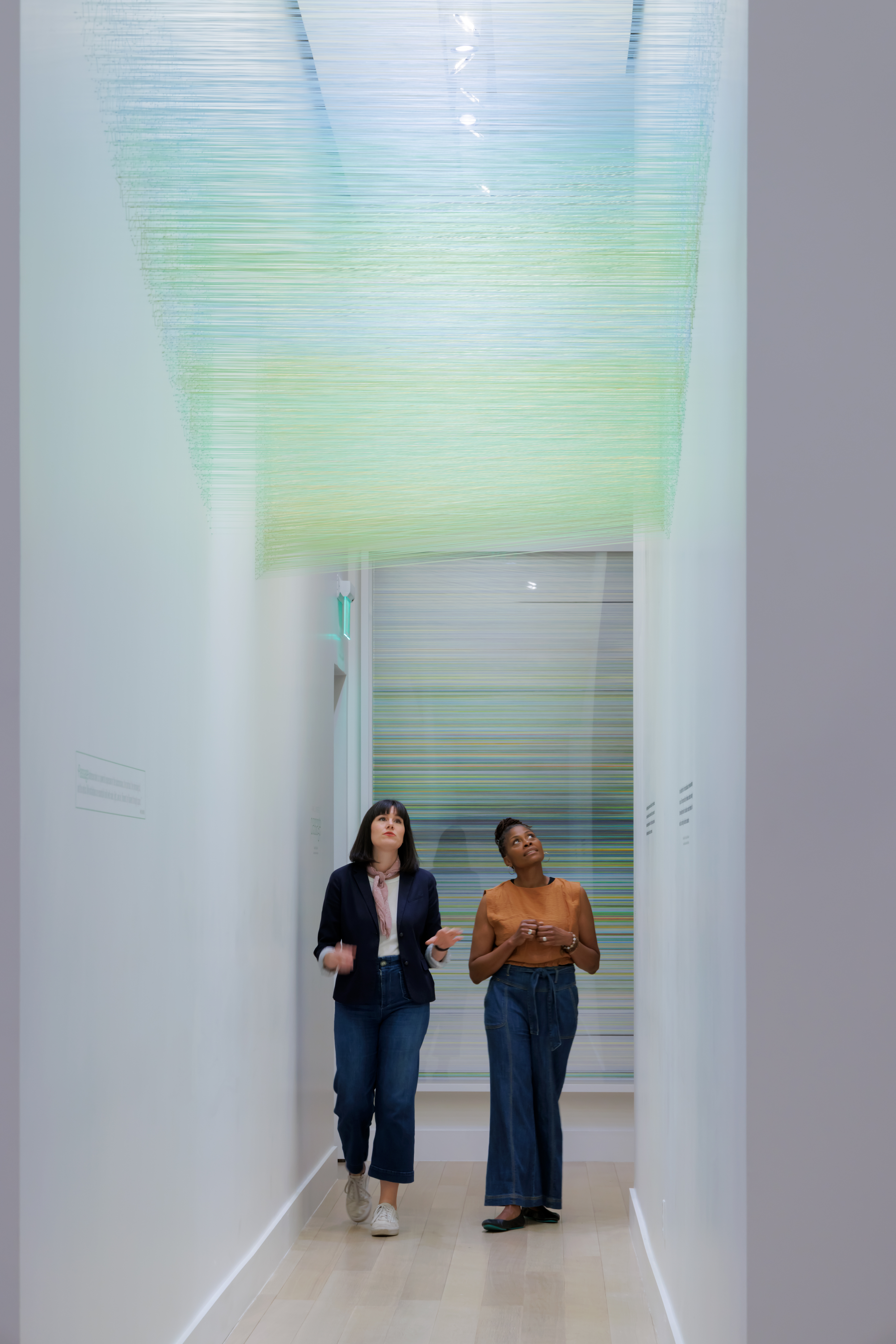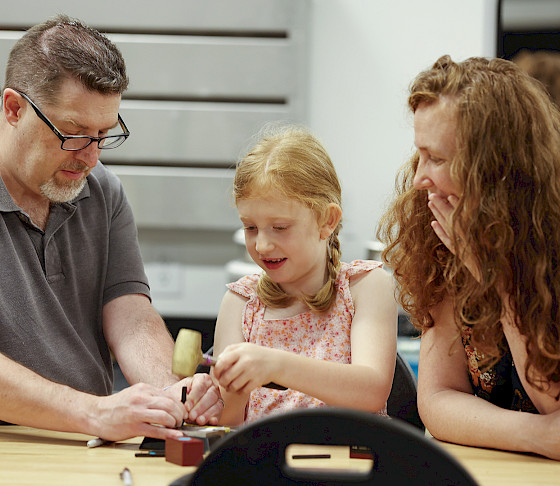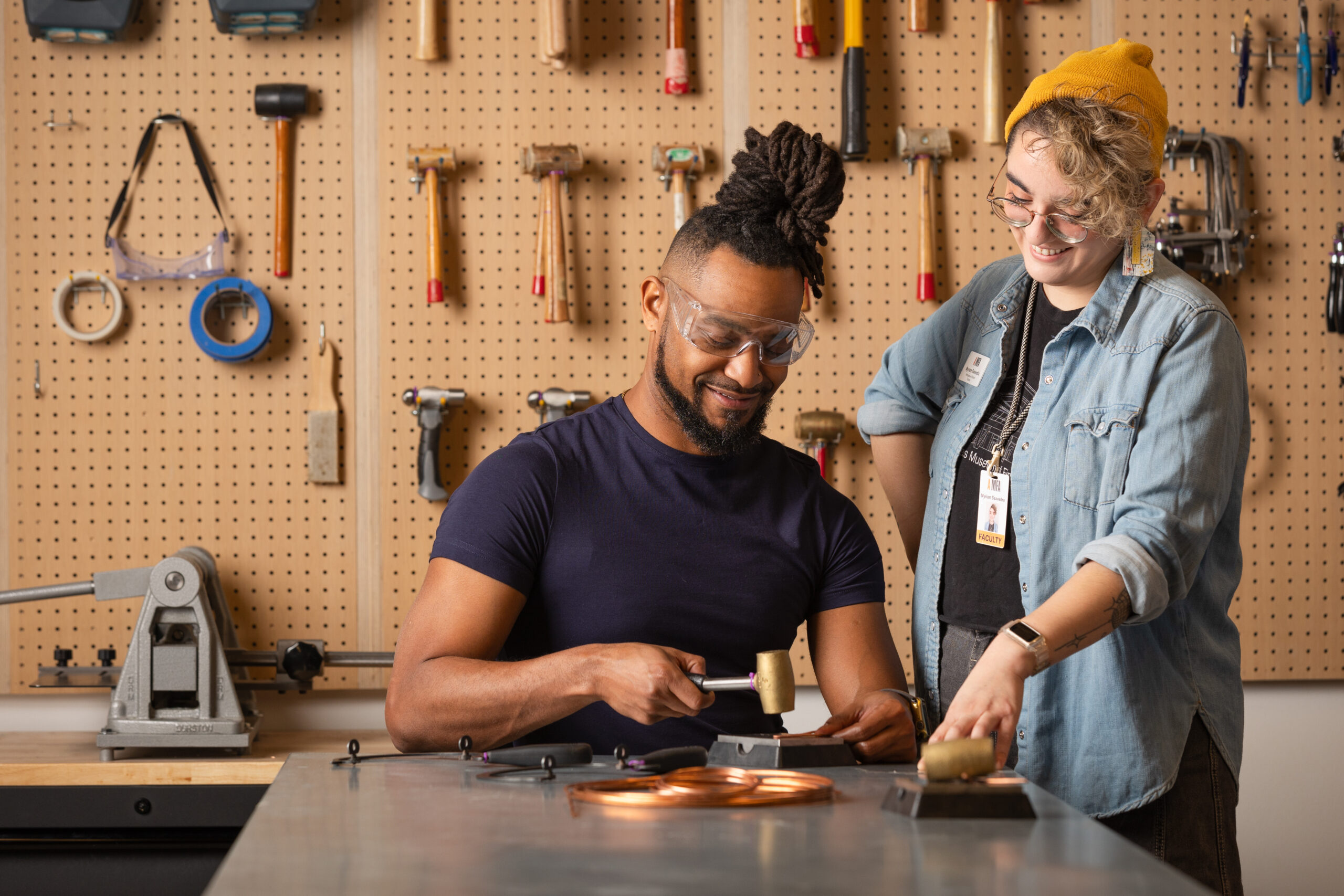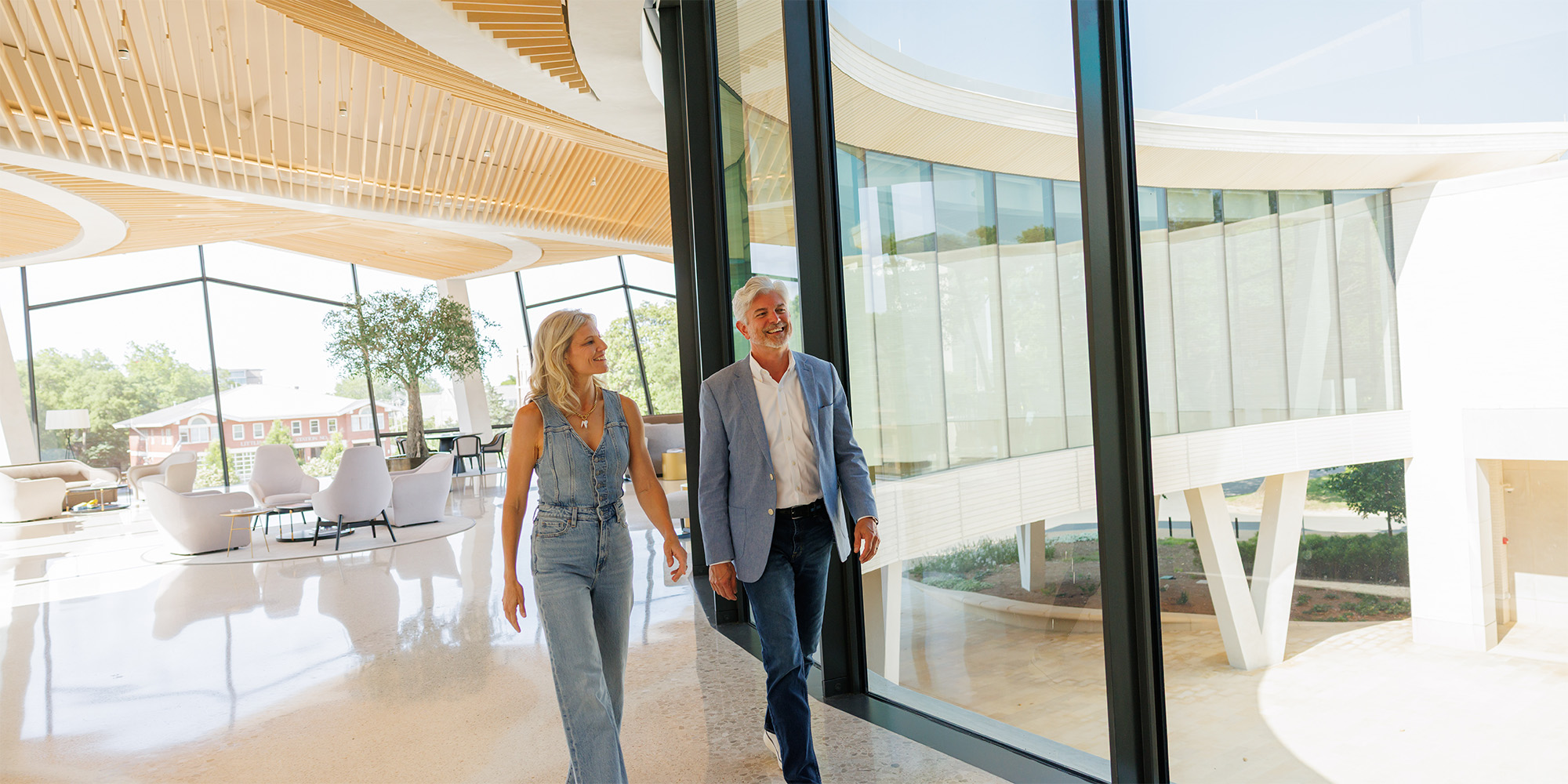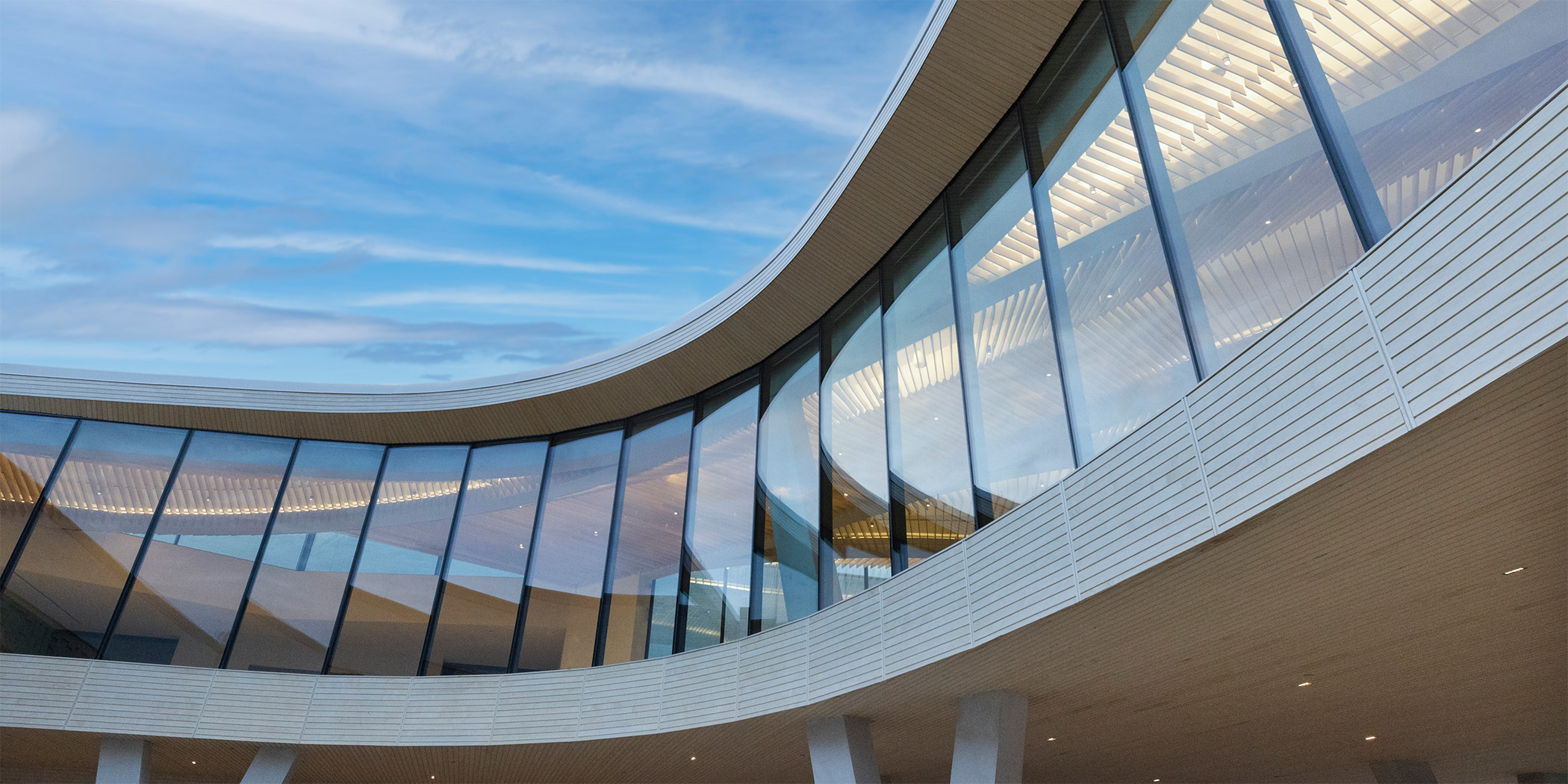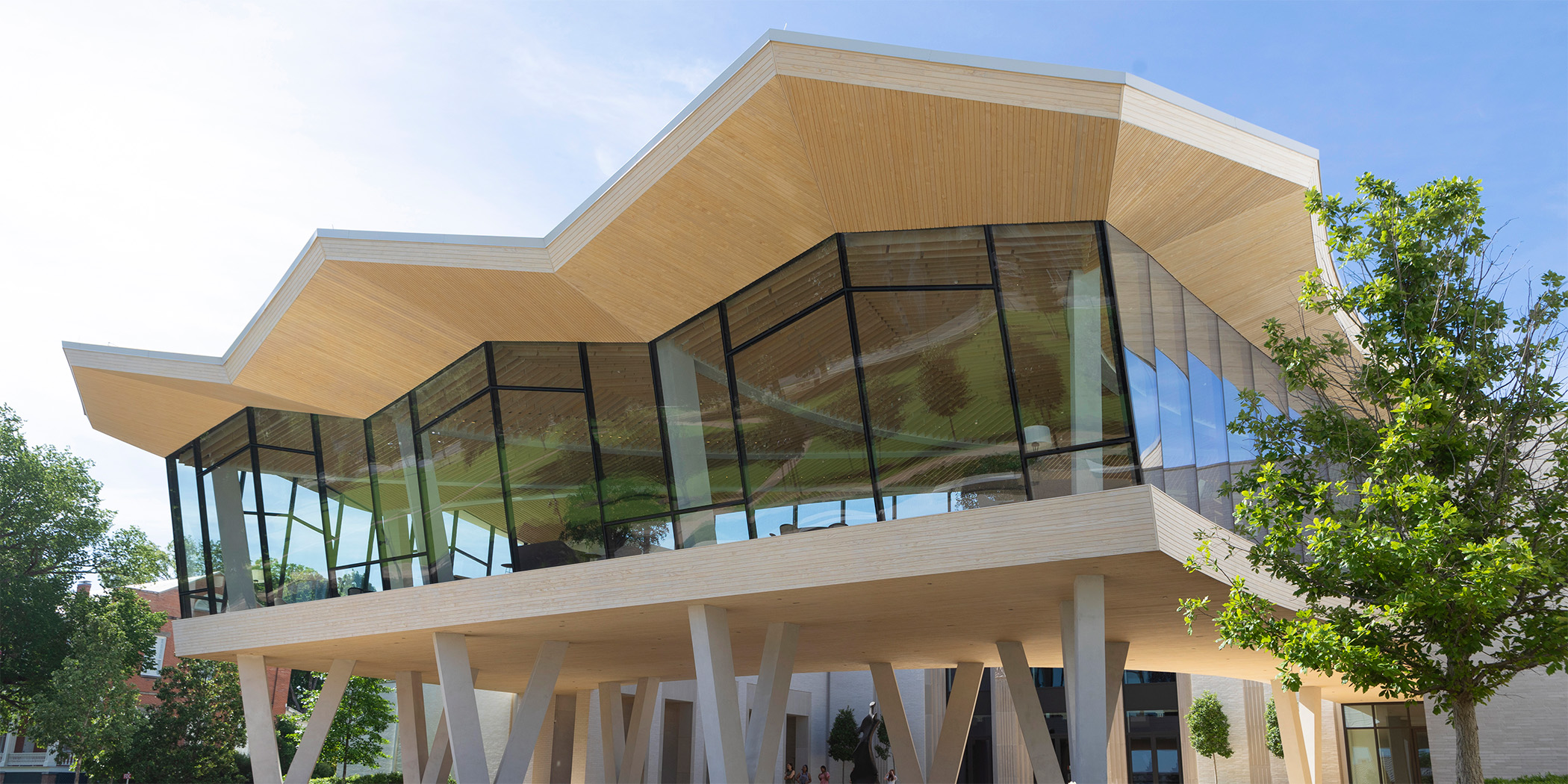Abe Ajay
Abe Ajay left his hometown of Altoona, Pennsylvania, in 1937, just after graduating from high school, and headed for New York City with the desire to become a professional artist. He joined the Federal Art Project as a printmaker, and then turned to graphic design, working as a commercial artist for over twenty years. In 1963, he retreated to a quiet studio in rural Connecticut, and began to experiment with sculptural constructions. The following year he had his first one-man show, at the Rose Fried Gallery in New York City. The exhibition, organized by the Palmer Museum and featuring works retained by the artist, brings together four decades of beautifully crafted mixed-media constructions. Also included are a number of Ajay's delicate paper collages—most completed in the years just prior to his death in 1998—which were initially conceived of as a two-dimensional foil to the constructions. The exhibition is slated to travel to other museums beginning in 2001.Source:Abe Ajay: Constructions and CollagesJune 27-September 10, 2000 Pennsylvania State University Exhibitionwww.psu.edu______________________A retrospective exhibition of American Artist, Abe Ajay (1919 - 1998), one of this century's most inventive assemblage sculptors will be at the Reading Public Museum April 14 - June 17, 2001. The exhibition Abe Ajay: Constructions and Collages was organized by the Palmer Museum of Art, The Pennsylvania State University, University Park, PA and is the first ever national tour of Ajay's works spanning the four decades of his career. The artist retained all of the works in this exhibit during his lifetime and many have never been on public display. A native of Altoona, Pennsylvania, Abe Ajay left his home for New York City in 1937 where he worked as a graphic designer and a freelance illustrator for approximately twenty years landing accounts with some of the country's leading corporations and publications. In the late 1950s, Ajay began to phase out his commercial work in order to accommodate his interest in returning to fine art, specifically painting. In 1963 he abruptly abandoned painting and retreated to rural Connecticut and began experimenting with three-dimensional sculptural construction. In fact, it was a chance discovery of discarded wooden cigar molds that suggested the possibilities of this new three-dimensional medium and language. Armed with a table saw to carve the molds every which way, he then combined them with other found objects into a series of relief constructions. He had his first one-man show in New York in 1964 at the Rose Fried Gallery.By 1967, Ajay was casting in polyester resins from molds of his own design. The artist created what was, in effect, a modular vocabulary, white castings which were housed in boxes paneled with layers of colored plexiglas. Although frequently referred to as sculpture, the modular geometric reliefs were essentially frontal. These finely worked forms were to become the letters in Ajay's infinitely repeatable alphabet and eventually in his integrated visual language. From the initial Plexiglas Series (1967-69) he then began coupling the modules with colored canvas panels in a series of relief paintings from 1970-75. Then, in search of variety he next added to the vocabulary several cast resin motifs drawn from the earliest construction to produce a medley of all-white sculptural reliefs from 1976-78. Why all the craftsmanship? Not merely an exercise in technical virtuosity, but the necessity of a language if it were to evoke everything from a utopian urban environment to Byzantine architecture and sublime comtemporary abstraction. Ajay said at the time, "I have created a private family of three-dimensional modular forms, each of which is marriageable with any or all of the others. I employ them intuitively and formally in metric measure much as music composed within the infinite boundaries of a twelve-tone scale."After three years of working exclusively with white and its ambiguous shadows, and seeking respite from 15 years of construction, Ajay woke up one morning hungry for color once again. The result was a series of subtly colored collages, with a freedom born of the informality of the material and the soft edges of torn, hand colored paper. For the next several years, he did little else. Although he continued to make collages through 1984, Ajay returned to construction in 1980. However, after a serious illness rendered the production of three-dimensional work impossible, Ajay revisited the medium of collage in the early 1990s, and it became his exclusive means of expression for the remainder of his career. These later works exhibit a greater range in color, texture and treatment of the paper. Perhaps most significant, however, is the lyricism, certainly inherent but less overt in the constructions, that Ajay managed to achieve while still adhering to a constructivist perspective. "I am engaged in a constant search for that hidden world within the material itself", said Ajay. This hidden world emerges from found objects: cigar molds, knobs, dowels, geometric blocks or transparent papers to which Ajay gave concrete form. Source:Reading Public Museum, Reading, PA


